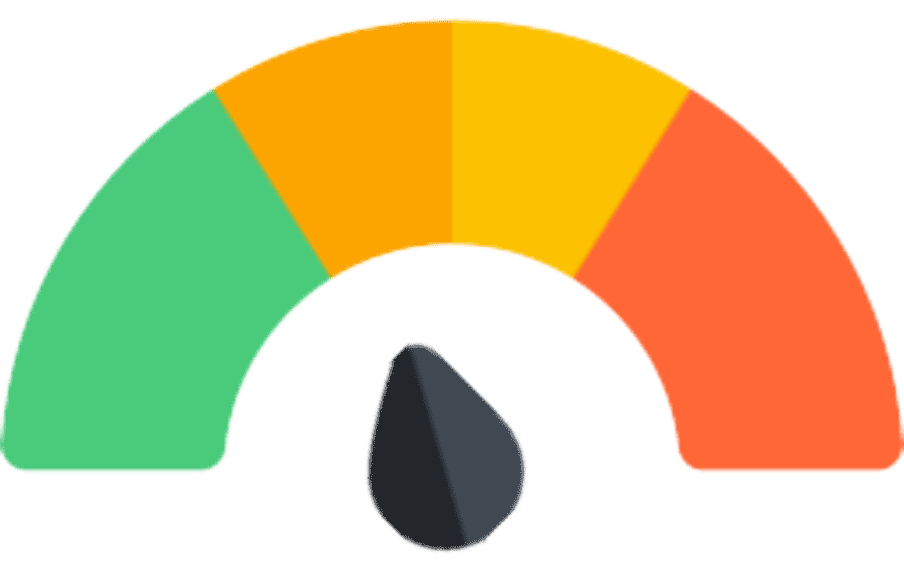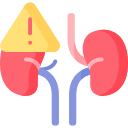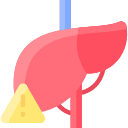(Bold for FDA approved)
 How Pimoz works
How Pimoz works• Blocks dopamine 2 receptors in the nigrostriatal dopamine pathway, reducing tics in Tourette’s syndrome
• When used for psychosis, can block dopamine 2 receptors in the mesolimbic dopamine pathway, reducing positive symptoms of psychosis
• Relief from tics may occur more rapidly than antipsychotic actions
• Psychotic symptoms can improve within 1 week, but it may take several weeks for full effect on behavior
 Notable Side Effects
Notable Side Effects• Neuroleptic-induced deficit syndrome
• Akathisia
• Drug-induced parkinsonism
• Tardive dyskinesia
• Risk of potentially irreversible involuntary dyskinetic movements may increase with cumulative dose and treatment duration
• Hypotension
• Sedation, akinesia
• Galactorrhea, amenorrhea
• Dry mouth, constipation, blurred vision
• Sexual dysfunction
• Weight gain
 Life Threatening Side Effects
Life Threatening Side Effects• Rare neuroleptic malignant syndrome may cause hyperpyrexia, muscle rigidity, delirium, and autonomic instability with elevated creatine phosphokinase, myoglobinuria (rhabdomyolysis), and acute renal failure
• Rare seizures
• Dose-dependent QTc prolongation
• Ventricular arrhythmias and sudden death
• As a class, antipsychotics are associated with an increased risk of death and cerebrovascular events in elderly patients with dementia; not approved for treatment of dementia-related psychosis

not usual

not usual
• Wait
• Wait
• Wait
• Anticholinergics may reduce drug-induced parkinsonism when present
• Reduce the dose
• For sedation, give at night
• Switch to an atypical antipsychotic
• Weight loss, exercise programs, and medical management for high BMIs, diabetes, dyslipidemia
• Less than 10 mg/day
 Dosage Forms
Dosage Forms• Tablet 1 mg scored, 2 mg scored
• Should periodically reevaluate long-term usefulness in individual patients, but treatment may need to continue for many years
• No
 Renal Impairment
Renal Impairment• Use with caution
 Hepatic Impairment
Hepatic Impairment• Use with caution
 Cardiac Impairment
Cardiac Impairment• Pimozide produces a dose-dependent prolongation of QTc interval, which may be enhanced by the existence of bradycardia, hypokalemia, congenital or acquired long QTc interval, which should be evaluated prior to administering pimozide
• Use with caution if treating concomitantly with a medication likely to produce prolonged bradycardia, hypokalemia, slowing of intracardiac conduction, or prolongation of the QTc interval
• Avoid pimozide in patients with a known history of QTc prolongation, recent acute myocardial infarction, and uncompensated heart failure
 Elderly
Elderly• Some patients may tolerate lower doses better
• Although conventional antipsychotics are commonly used for behavioral disturbances in dementia, no agent has been approved for treatment of elderly patients with behavioral symptoms of dementia such as agitation
• Elderly patients with dementia-related psychosis treated with antipsychotics are at an increased risk of death compared to placebo, and also have an increased risk of cerebrovascular events
 Children and Adolescents
Children and Adolescents• Safety and efficacy established for patients over age 12
• Preliminary data show similar safety for patients ages 2–12 as for patients over 12
• Generally use second-line after atypical antipsychotics and other conventional antipsychotics
 Pregnancy
Pregnancy• Effective June 30, 2015, the FDA requires changes to the content and format of pregnancy and lactation information in prescription drug labels, including the elimination of the pregnancy letter categories; the Pregnancy and Lactation Labeling Rule (PLLR or final rule) applies only to prescription drugs and will be phased in gradually for drugs approved on or after June 30, 2001
• Controlled studies have not been conducted in pregnant women
• Renal papillary abnormalities have been seen in rats during pregnancy
• There is a risk of abnormal muscle movements and withdrawal symptoms in newborns whose mothers took an antipsychotic during the third trimester; symptoms may include agitation, abnormally increased or decreased muscle tone, tremor, sleepiness, severe difficulty breathing, and difficulty feeding
• Psychotic symptoms may worsen during pregnancy and some form of treatment may be necessary
• Atypical antipsychotics may be preferable to conventional antipsychotics or anticonvulsant mood stabilizers if treatment is required during pregnancy
• Should evaluate for an antipsychotic with a better risk/benefit ratio if treatment required during pregnancy
 Breast Feeding
Breast Feeding• Unknown if pimozide is secreted in human breast milk, but all psychotropics are assumed to be secreted in breast milk
• Not recommended for use because of potential for tumorigenicity or cardiovascular effects on infant
• Recommended either to discontinue drug or bottle feed
Based on data Published online by Cambridge University Press
Compiled by Dr. Jash Ajmera